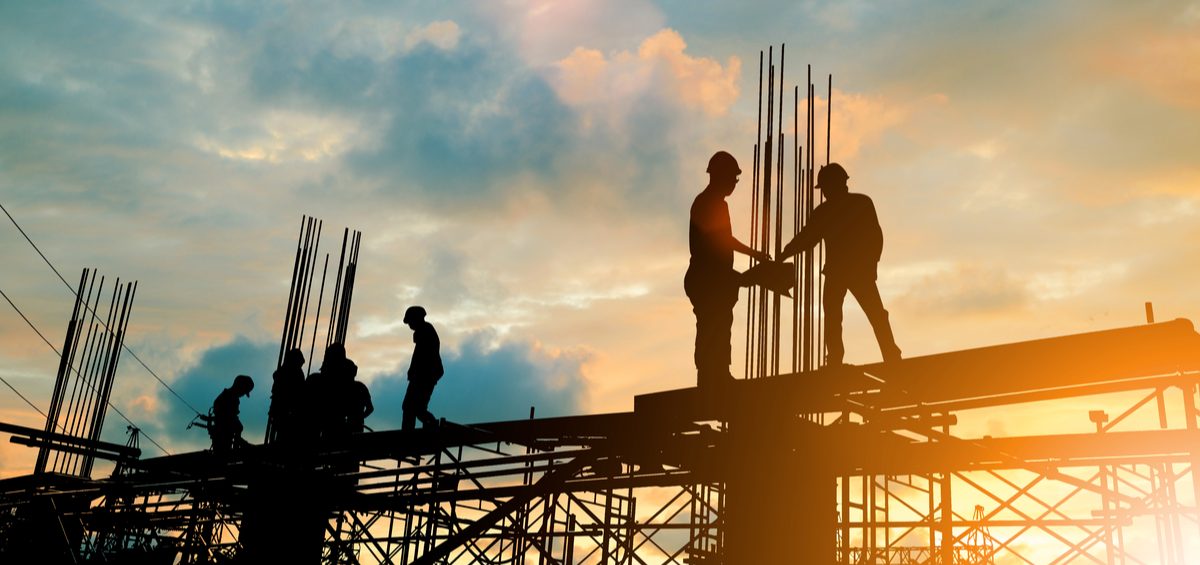When you think of an infrastructure project, you probably think of construction materials: concrete for roads, steel for bridges, fiber optic cables for broadband access.
But for an infrastructure project to succeed, marketing is also a key ingredient — from getting the project greenlight, to ensuring construction goes smoothly, to cutting the ribbon and opening the new infrastructure to the public. Without the proper marketing, even the most essential infrastructure project can be hamstrung or misunderstood.
So here’s a look at four marketing tools that governments, developers, and others within the infrastructure space should have in their toolbox, right alongside the hardhats and traffic cones:
A solid press strategy. The audience for an infrastructure project is far broader than just a city planning board or the engineers working onsite. The audience is everyone who’s impacted, from local businesses, to nearby neighborhoods, to commuters passing through. That’s potentially thousands — or millions — of people.
With an audience so large, a solid press strategy is necessary to getting your message out clearly and broadly. Ensure you’re in touch regularly with print, online, and broadcast reporters in your region who are covering beats like transportation and development. Share your messaging early and often, and make your team available for interviews about how the project is improving the region. The more available and transparent you are, the more reporters — and their readers — will trust you.
When Co-Communications was tapped to lead marketing for construction of the Governor Mario M. Cuomo Bridge, press was a centerpiece of our campaign. We placed over 500 stories in outlets like CBS News, FOX News, and WNYC — which went a long way in educating the public.
Regular social media outreach. You can also talk directly with your audience online. Creating a Facebook Group for your project allows community members to pose questions. Similarly, creating an Instagram account with materials like architectural renderings will make it clear how the project can improve the area. The conversations you spark on social media can also help identify project ambassadors — say, a local business owner who champions your cause, or a local council person who can help amplify your message.
For the Mario Cuomo Bridge project, Co-Communications launched and curated social media channels that allowed thousands of community members and reporters alike to connect.
Reliable email marketing. Infrastructure projects have deep impacts on people’s everyday lives, from business operations to quality-of-life issues. For that reason, it’s crucial to provide frequent and formal updates to anyone who wants them. Weekly email messages can keep the community informed about road closures, project timelines, noise, and more. By providing a reliable stream of email updates, you’ll continue to build trust.
Indeed, email has been a key part of Co-Communication’s work on 17-Forward-86, a proposed infrastructure project that would expand Route 17 in New York State.
Strategic events. Social media and email marketing are essential, but in-person events — like a press conference or ribbon cutting — provides something unique. They’re the most personal way to engage with the community and an opportunity to educate a large portion of the community all at once.
When Co-Communications led marketing for the new Gov Mario M. Cuomo Bridge, in-person events were a key tool. We held Town Hall meetings in Rockland and Dutchess Counties, and then live tweeted the gatherings for everyone who couldn’t attend.
Infrastructure projects greatly improve our lives, but can be met by resistance from various stakeholders along the way. For that reason, marketing is key to getting the job done right and building stakeholder support. When it comes time to launch your next infrastructure project, make sure marketing is part of your toolkit.


